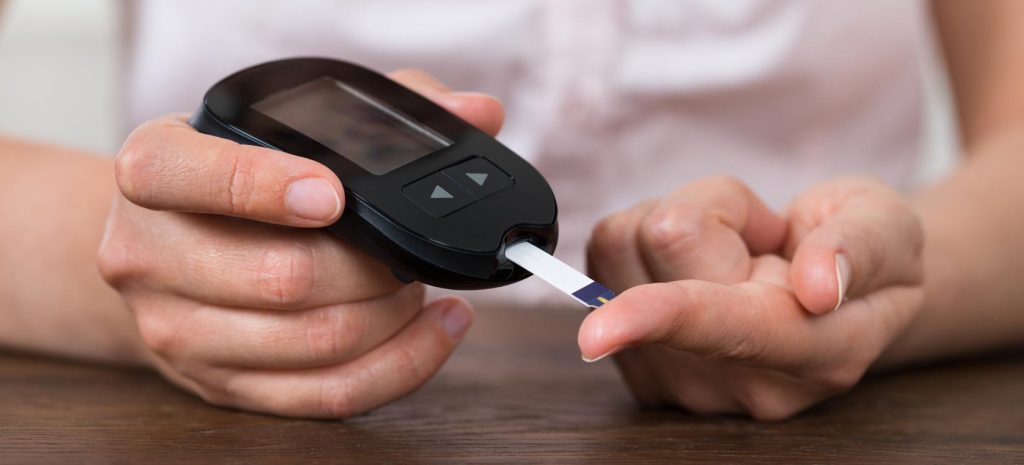Complexities of diabetes treatment
Diabetes is a hot topic among GPs. Indeed, there was such a high turnout at the recent Pulse Learning Seminar that the room had to be speedily rearranged to squeeze everyone in.
The clear outcome of the day was that treating diabetes is an increasingly complex matter. GPs are dealing with patient co-morbidities, the dangers of polypharmacy, an explosion in available treatments and variations in the treatment approaches needed for patients at different stages of disease progression.
Yet, as we are all aware, type 2 diabetes is on the increase. A 2015 Diabetes UK report indicated that the equivalent of a new diagnosis is made every two minutes [1]. This is reflected by English and Welsh prescribing data, which showed that nearly £1 billion was spent* on prescriptions directly relating to diabetes in primary care in 2015. Compared with the previous year this was a 10% increase [2] and does not include spending on associated disorders. To benefit from this growing market, it is therefore important for the pharmaceutical industry to understand the dilemmas facing GPs and help ensure healthcare professionals have a full understanding of how to use the tools at their disposal.
During the seminar, delegates heard about changes to the recent NICE guidance, the scientific evidence behind different diets and how to work with patients during Ramadan. In addition, speakers explained how age and disease duration must be considered when developing a treatment plan. The seminal clinical trials UKPDS, Accord, Advance and VADT demonstrated that there are long-term benefits when tightly controlling the blood sugar of newly diagnosed patients. However, similarly stringent glycaemic control in older patients with longer disease duration and comorbidities had negative outcomes. One trial ended early due to high participant mortality rate in test patients.
As if it wasn’t complicated enough, specialist talks highlighted both the oft-neglected role of testosterone levels in male sufferers and misconceptions regarding the role of insulin. Rather than being viewed as a last resort, as is commonly the case, insulin should be considered in conjunction with other medications earlier in the treatment pathway.
These intricacies are reflected in the recent controversial NICE guideline on type 2 diabetes, which highlights the need for individualised care for diabetes sufferers [3]. However, even when presented with the same patient, shows of hands during case studies indicated that opinions differed on both the choice of drug and also the correct target outcomes for that patient. GPs without a specialism in this field could be forgiven for being unsure of the best approach to take in the face of so many options and a lack of consensus amongst their colleagues.
We are in a period of unprecedented choice in diabetes care, with yet more options on the horizon. The wide range of available medications should mean we have the opportunity to truly optimise patient treatment, rather than being a source of GP headache. Offering GPs the educational support they need to achieve this may enable pharmaceutical companies to differentiate themselves in the crowded diabetes market.
*calculation based on drug Net Ingredient Cost
Bibliography
[1] Diabetes UK, "Facts and Stats, " 2015.
[2] £992, 940, 252. Cogora, "General Practice Prescribing Trends in England and Wales, Annual Review 2015, " 2016.
[3] National Institute for Health and Care Excellence, "Type 2 diabetes in adults: management, " 2015.
